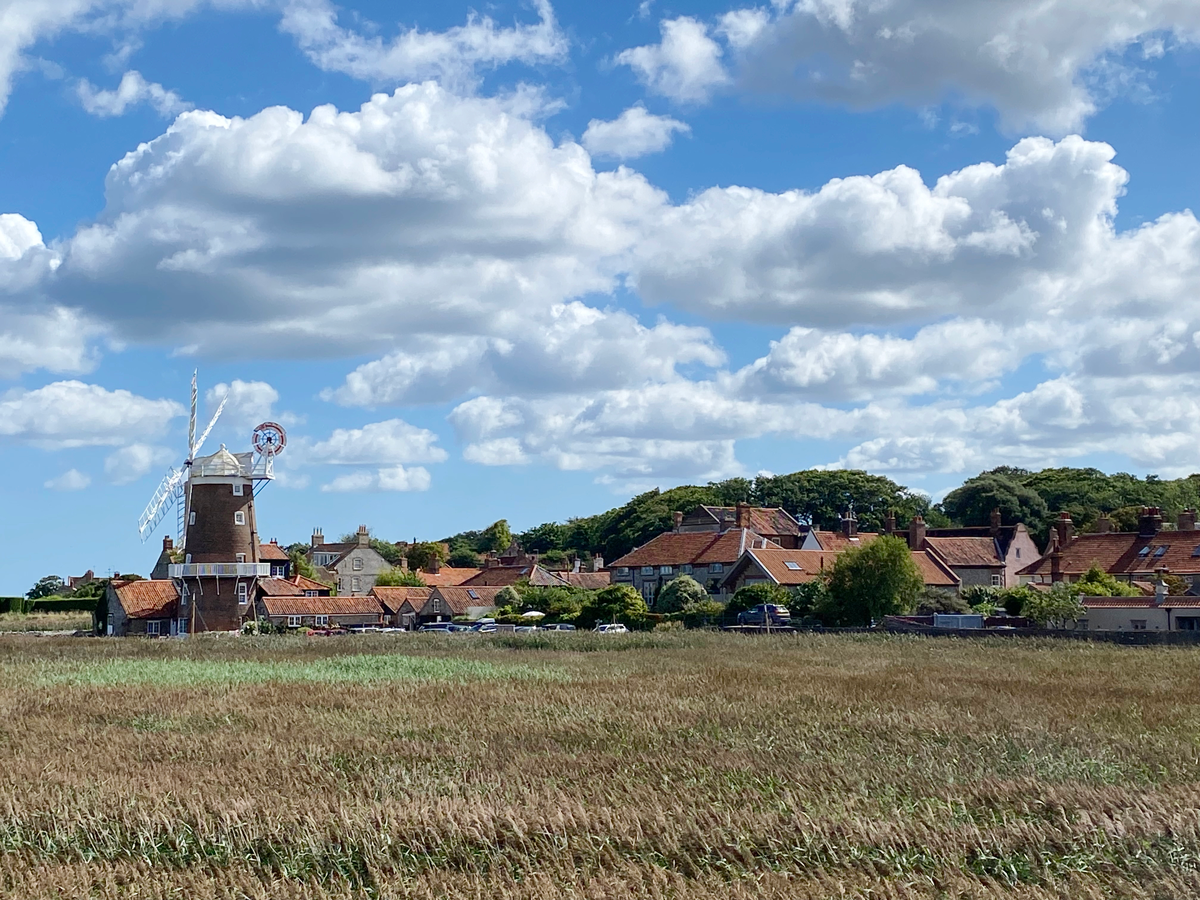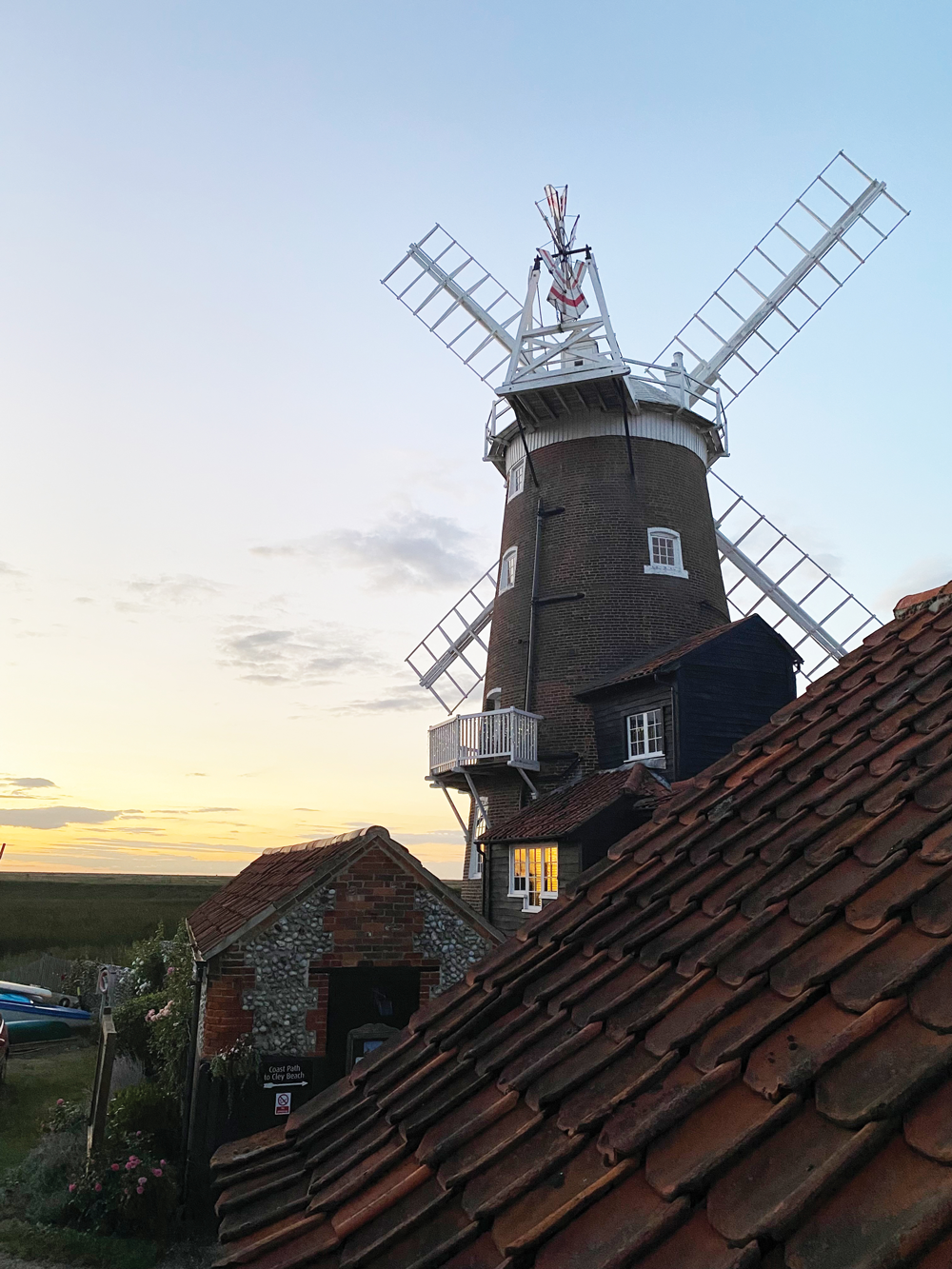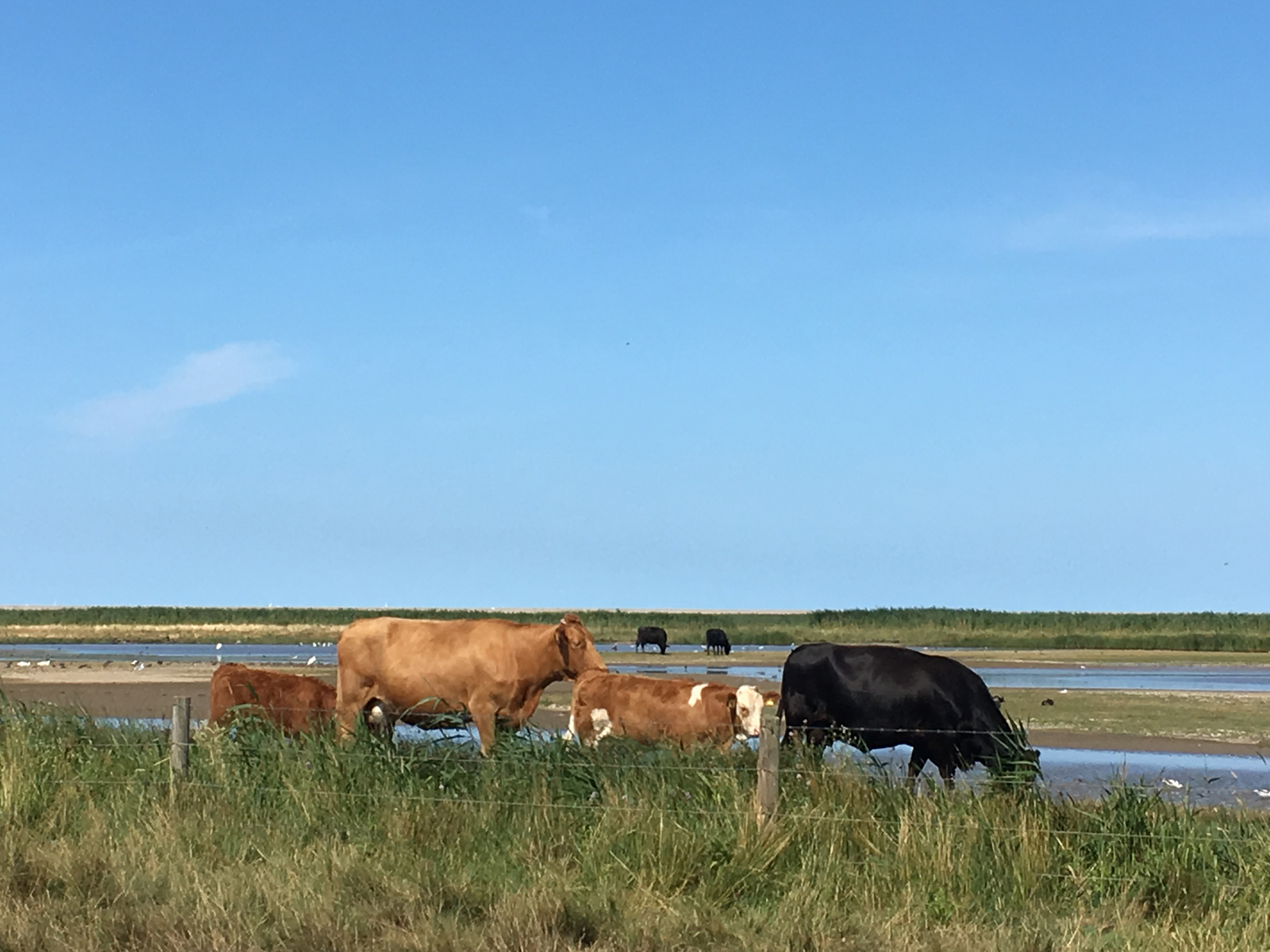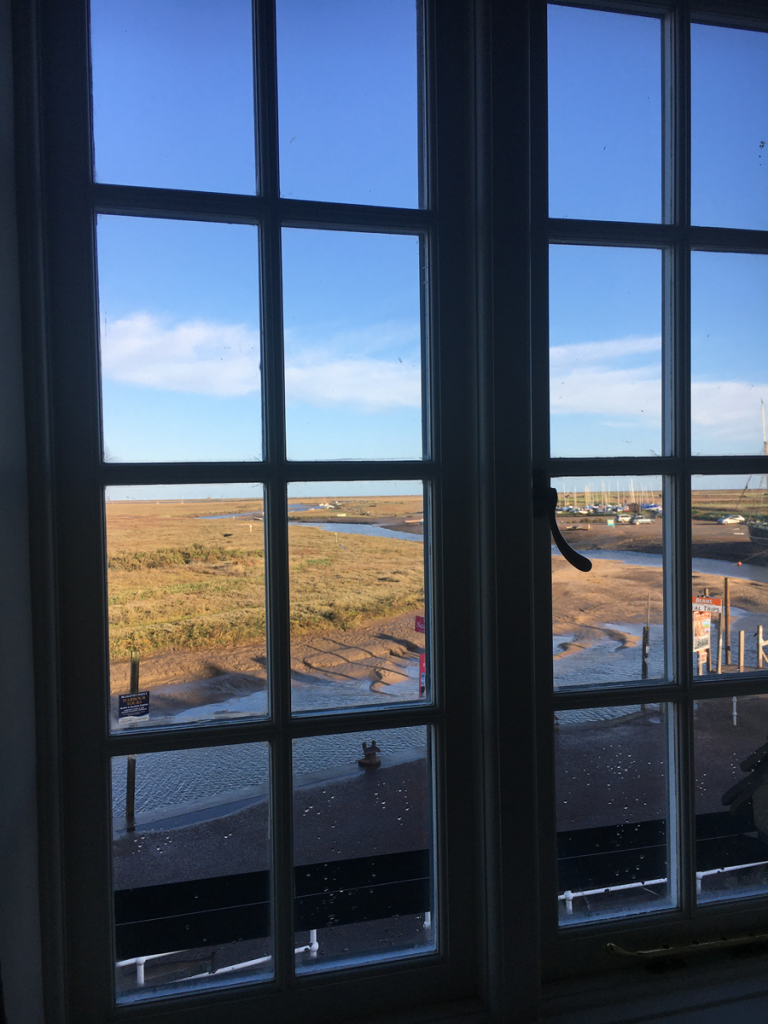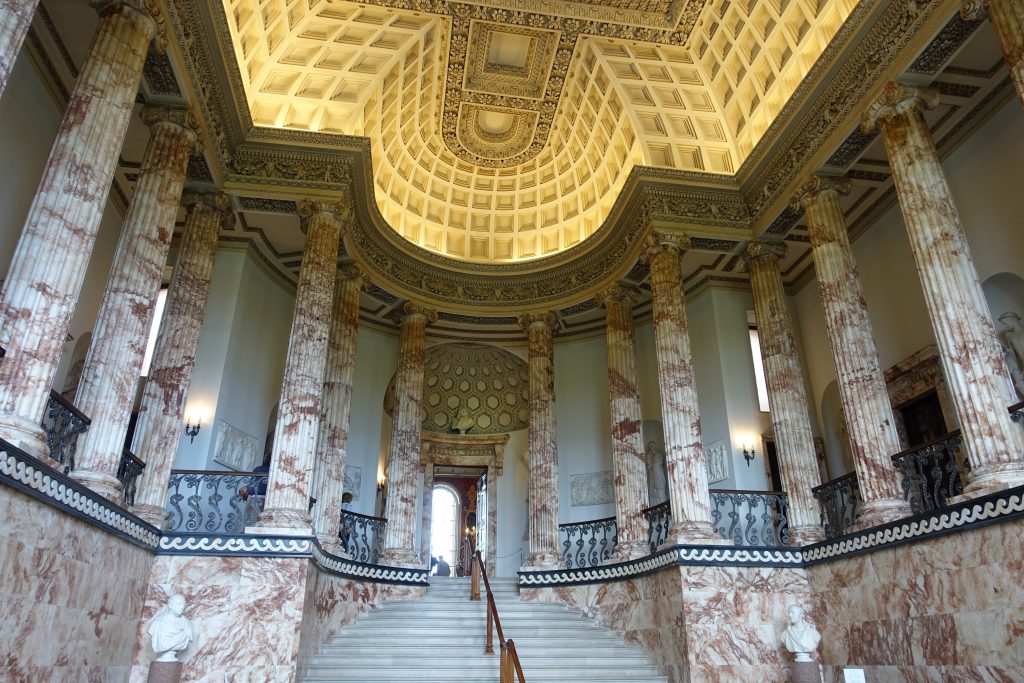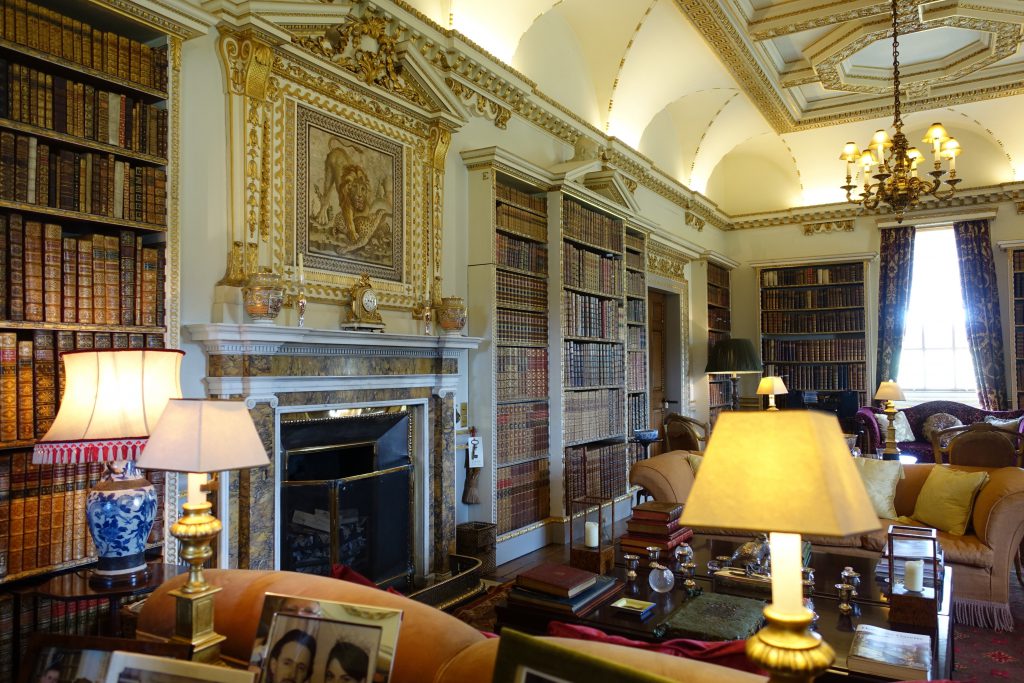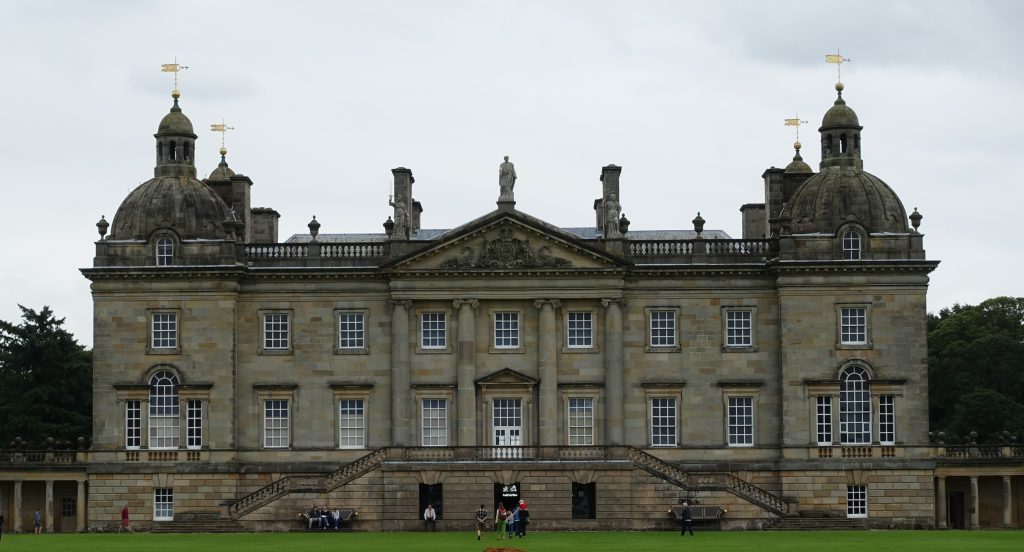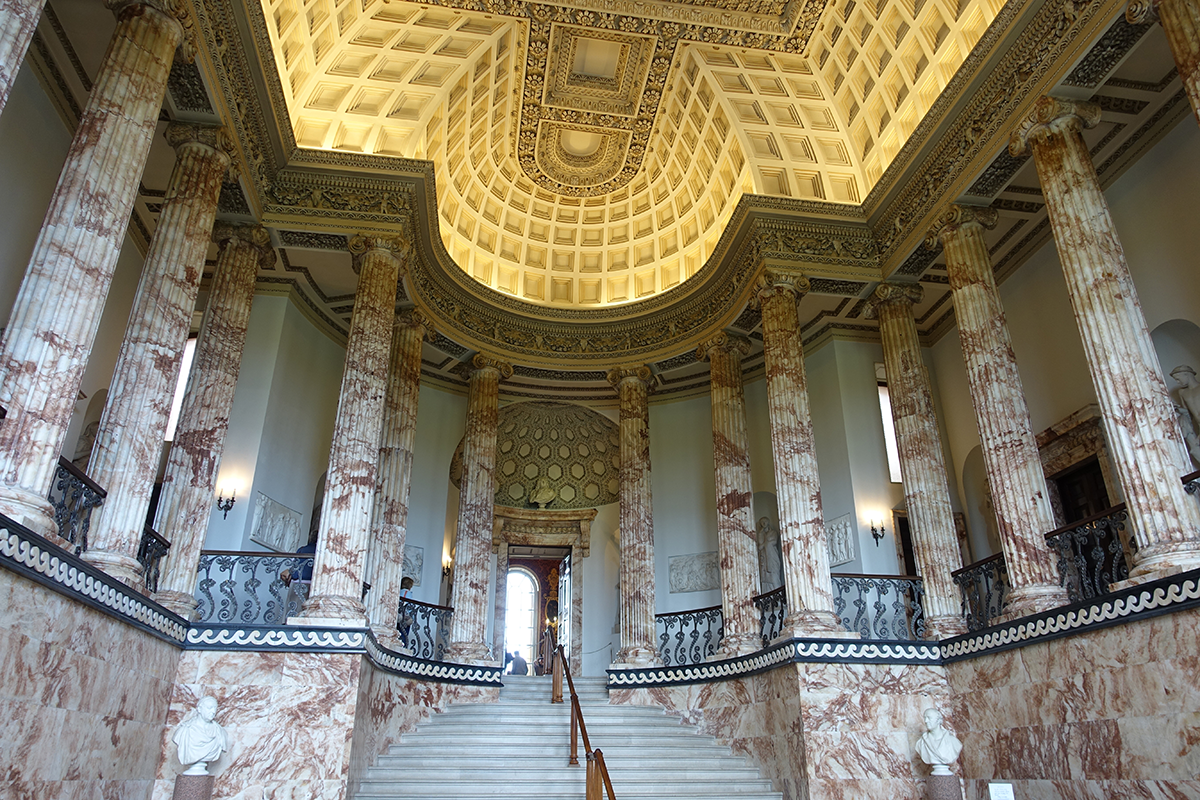
This week I am in Norfolk visiting two of England’s finest country houses, Holkham Hall and Houghton Hall. The two houses provide contrasting interpretations of Palladianism and reflect the families who created them.
Palladianism is based on the designs of the 16th-century Italian architect Andrea Palladio who was inspired by the buildings of ancient Rome. It was popular in England between 1715 and 1760.
Houghton Hall in Norfolk, was the home of Britain’s first Prime Minister, Sir Robert Walpole, (1676-1745). The house captures the ambition of a man and a nation in the ascendancy.
The first design for Houghton was produced by the architect, James Gibb in a pure Palladian design based on strict rules of proportion. The lavish interior and furnishings of the principle floor was originally undertaken by William Kent in about 1725.
Ambition outstripped wealth and Sir Robert Walpole’s debts led to much of his remarkable collection of art being sold by his family in 1779 to Catherine the Great of Russia. Walpole’s collection is one of the major building blocks of today’s Hermitage Collection.

Fifty-one of the smaller paintings were displayed in the Cabinet Room until they were sold. Today the room’s fine blue-ground chinoiserie wallpaper is complimented by the two English rococo wall mirrors and lacquer wall cabinets. The two classical green velvet chairs with their walnut and parcel-gilt show-frames are earlier from the time of William Kent. This medley of styles and periods brought together by successive generations of the family works with a layered, eclectic harmony typical of English Country House taste.
Holkham, though in some ways grander, is also more comfortable and at ease with itself reflecting the Coke family’s important place in rural Norfolk.
Thomas Coke (1697-1759) was profoundly influenced by the six years he spent on the Grand Tour. He returned home in 1718 with a collection of antiquities having formed a strong friendship with the architect William Kent and Lord Burlington. Thomas Coke would design his home at Holkham with the advice of William Kent and his assistant Matthew Brettingham.
At Holkham the visitor is greeted by the magnificent Marble Hall, the two levels united by a sweeping staircase. It is based upon a design by Antonio Palladio for a Temple of Justice. The flanking Ionic columns carved in brown and white grained Derbyshire alabaster rise to meet an elaborate frieze and the extraordinary ceiling with deeply incised panels, distorted to accentuate its height to the eye.
It is almost time to leave the North Norfolk coast and it remains to say “Wish you were here!”
